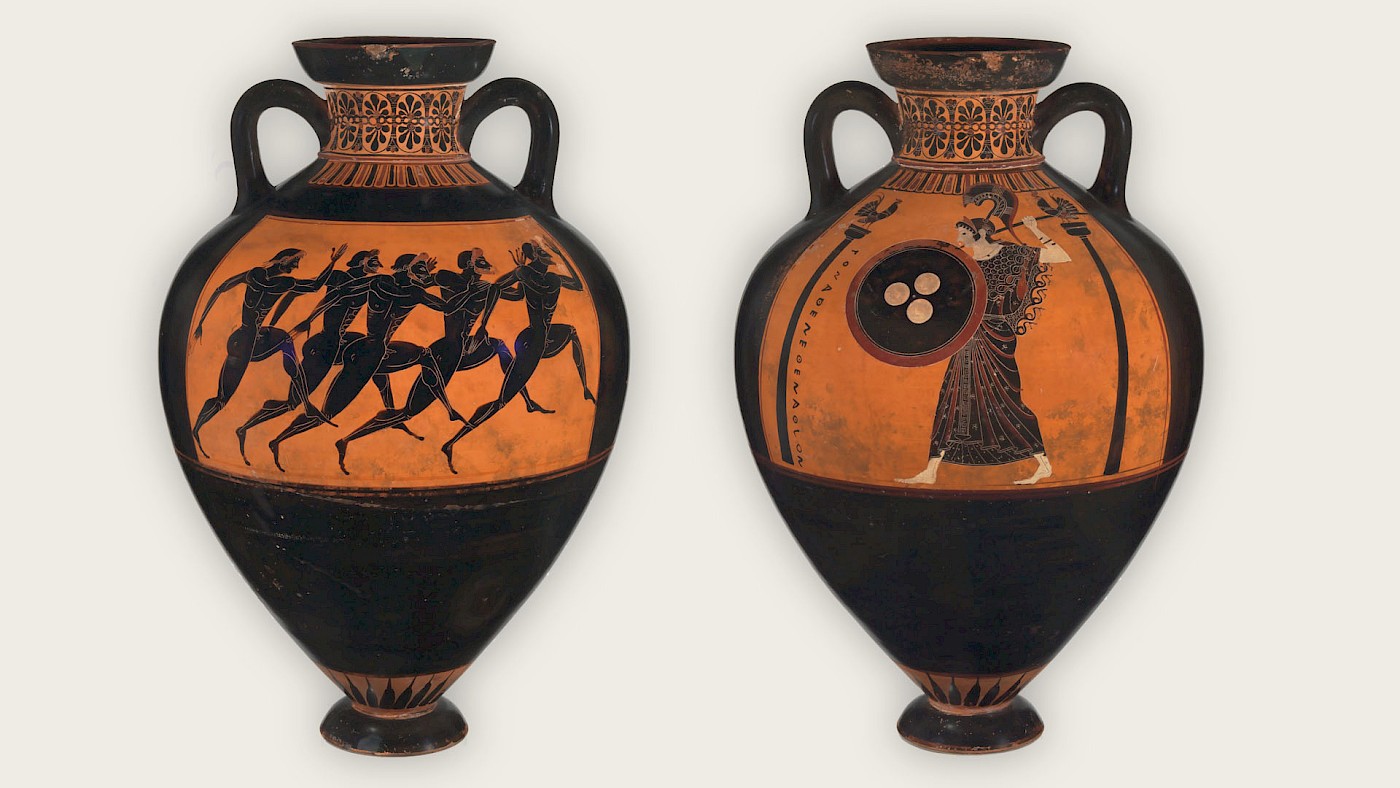The birth of the goddess Athena was extraordinary. After devouring his lover Metis, Zeus suffered from terrible headaches. These were relieved only when Hephaestus, the god of fire, cracked open Zeus’ skull, and Athena sprang from the wound fully formed. Born literally from Zeus’ head, it is perhaps not surprising that Athena became the goddess of wisdom.
Athena was among the foremost of the Greek deities, and certainly the favourite of all of Zeus’ offspring. At one point, there was a contest over which deity was supposed to become the patron of the fledgling city that would later be called Athens.
Poseidon had tried to sway the inhabitants, but they were less than impressed when he conjured a spring from which salty water flowed. Athena gave the people the hardy olive tree, the fruit of which provided them with olive oil, which could be used in cooking, cleaning, and as fuel for oil lamps. When it came to deciding which deity to pick as their patron, the people didn’t hesitate.
The greatest festival in Athens was, of course, dedicated to Athena. The Panathenaia was held on the day that she was thought to have been born, Hekatombaion 28 (roughly sometime in July or August). Games were an integral part of the Panathenaia. Small celebrations were organized every year; the Greater Panathenaia was held every four year from about the middle of the sixth century BC onwards. The latter were similar to the Panhellenic Games at Olympia, Nemea, Isthmia, and Delphi, but organized in Athens for the benefit of Athenian citizens.
The main prize for winning a competition during the Panathaenaia was an amphora. These vessels were made specifically for the games. A beautiful example from the Metropolitan Museum in New York, dated to ca. 530 BC, is shown in the image at the top of this article. These amphorae always have a depiction of Athena on one side. If you look along the column to Athena’s left, you’ll notice a line of Greek text: It reads, in transliterated form, “TON ATHENETHEN ATHLON”, which we can translate as: “of the games for Athena”.
At the top of the columns flanking Athena are roosters. Chickens were still a relatively new type of bird in Greece in the sixth century BC, having been introduced from the east. The most common type of bird found at farms was the goose, rather than the chicken. Roosters were especially liked because of how they looked and because of their aggressive, competitive nature. They were, among other things, exchanged as gifts in pederastic relationships.
The other size of the amphora shows, as is usual, the contest for which this amphora had been awarded: a footrace. Other Panathenaic prize amphorae show different kinds of contests, such as the pankration (a style of wrestling/boxing) and the chariot race. We are to assume that whoever owned the amphora had either taken part in the contest – or sponsored someone to take part – and won. In ancient Greece, only men were allowed to take part in athletic competitions, but women were allowed to be sponsors.
Panathenaic prize amphorae are always large: the example shown at the top of this article is more than 62 cm in height. It was filled completely with olive oil, a valuable prize to have. You can also see that this example is intact: it was recoevered from a tomb not near Athens, but in Vulci, Italy. The Met makes clear that the amphora was unearthed in 1829 and was then sold a number of times before being acquired by the museum. One wonders how it ended up in Italy in the first place: was it a gift from the original owner, or one of his heirs, to an Etruscan friend?
As you can probably tell, this amphora is executed in the black-figure style. Red figure would displace black-figure from about 500 BC onwards. However, Panathenaic prize amphorae continued to be made in the black-figure style long after it had fallen into disuse for other types of pottery. Clearly, it was thought important to keep this particular tradition alive even if switching to red figure seems like it wouldn’t have been a big deal.
Further reading
- Susan Deacy, Athena (2008).
- Jennifer Larson, Ancient Greek Cults. A Guide (2007).
- Daniel Ogden (ed.), A Companion to Greek Religion (2007).
